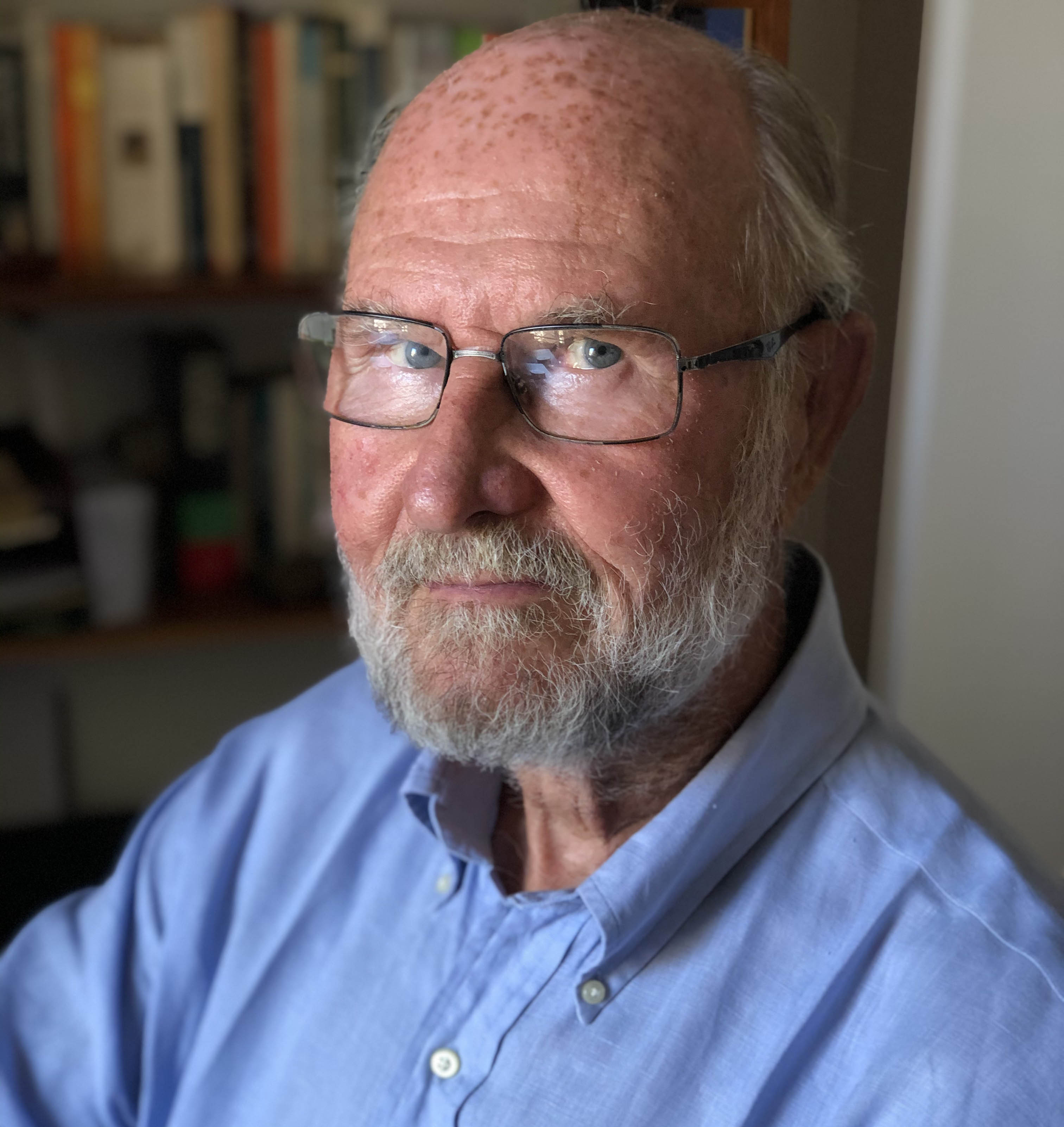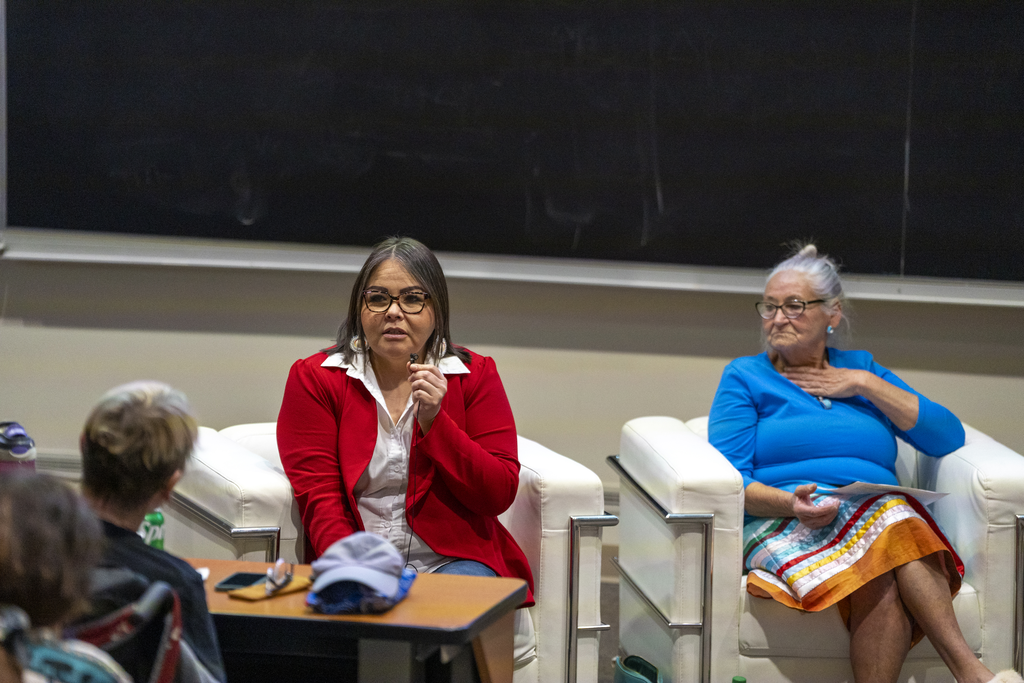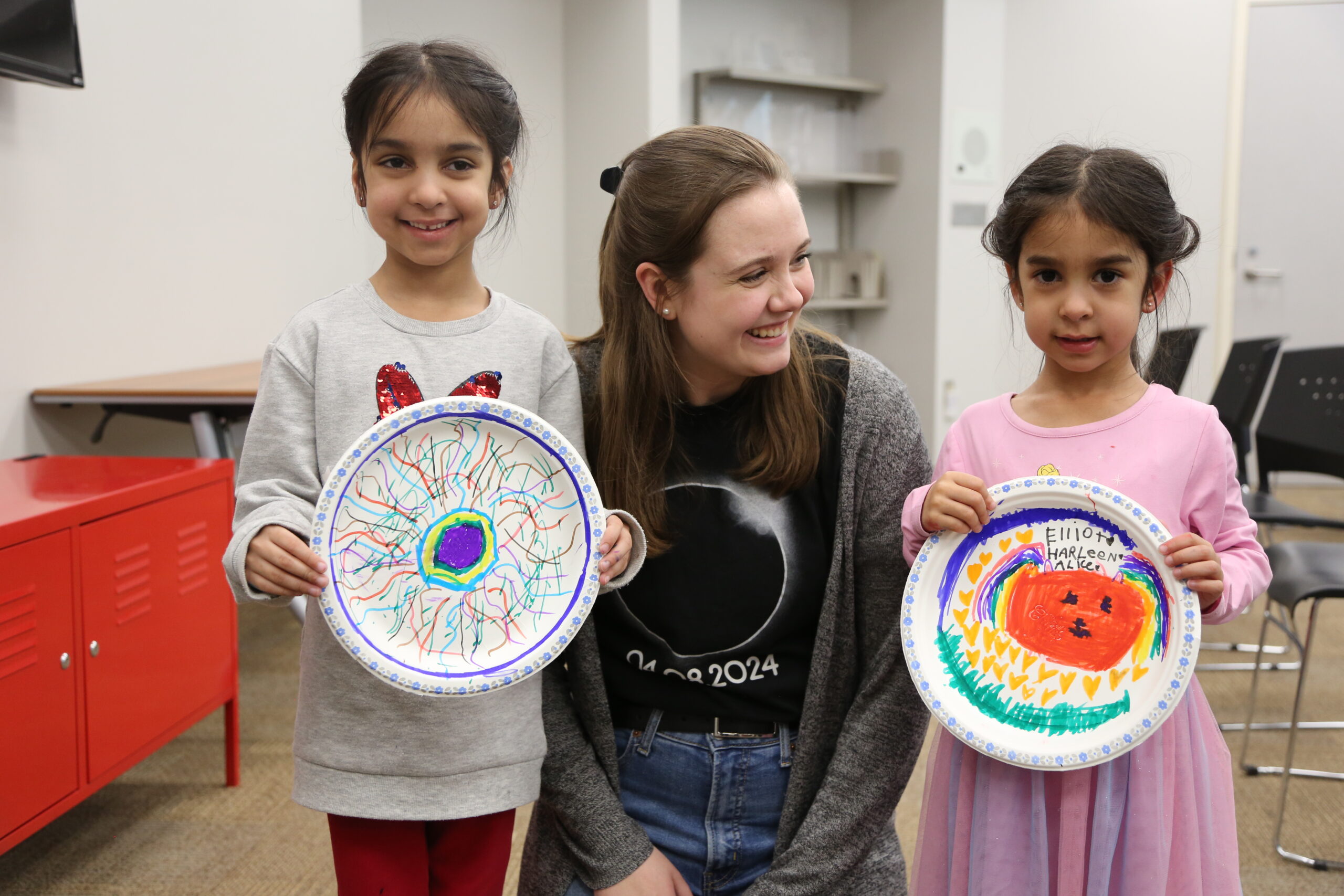Researcher’s Scientific Contributions Recognized

Dr. Graham is a recipient of the Robert L. Noble Prize from the Canadian Cancer Society and is Professor Emeritus in the Departments of Biology and Pathology and Molecular Medicine at McMaster University. He is also recognized as a Distinguished University Professor by McMaster. A Fellow of the Royal Society of Canada, Dr. Graham retired to Italy from McMaster University in 2003.
“As we look ahead to a possible COVID-19 vaccine, it’s important to also take a moment to recognize the invaluable contributions that Dr. Graham has made to such an undertaking with his development of the HEK 293 cell line,” says NRC President Iain Stewart. “The NRC is proud to formally recognize and celebrate Dr. Graham’s outstanding contributions to science.”
While working in the Netherlands in the 1970s, Dr. Graham developed the HEK 293 cell line which is now widely used for academic research and in the pharmaceutical and biotechnology industries around the world. Dr. Graham worked in the lab of Dutch scientist Dr. Alex van der Eb, where he developed a new method called calcium phosphate transfection for introducing DNA into eukaryotic cells. Using this technique, he was able to generate the cell line called HEK 293, which contains and expresses the human Adenovirus 5 (Ad5) transforming genes.
On his return to Canada, Dr. Graham continued to characterize the HEK 293 cell line and, in collaboration with his students and colleagues at McMaster University, he used it in the development of numerous Ad5-based viral vectors for gene transfer and potential recombinant viral vaccines. Both HEK 293 cells and reagents for construction of Ad vectors were widely distributed by Dr. Graham to the scientific community for studies on gene therapy and vaccine development.
The HEK 293 cell line has since undergone significant modifications in laboratories across the globe. For example, the NRC has developed a proprietary version of the HEK 293 cell line, referred to as HEK293-SF-3F6, which has known and specific properties that make it a very strong starting point for the subsequent development of vaccines and therapeutics for human health. It is used for the production of a variety of COVID-19 vaccine candidates.
“I take great satisfaction from the fact that the HEK 293 cell line that I created in 1973 has contributed significantly to advances in the fields of gene therapy and development of vaccines,” says Dr. Graham. “HEK 293 cells have become one of the most commonly used mammalian cell lines both in academic research and in the biotechnology and pharmaceutical industries.”
Related News
News Listing

Physics and Astronomy grad students offer out-of-this-world view at total solar eclipse viewing party
Community, Engagement excellence, Graduate students
April 8, 2024

The greatest of love stories: Panel shares Indigenous perspectives on the eclipse and astronomy
Community, Faculty, Outreach, science communication
April 8, 2024

